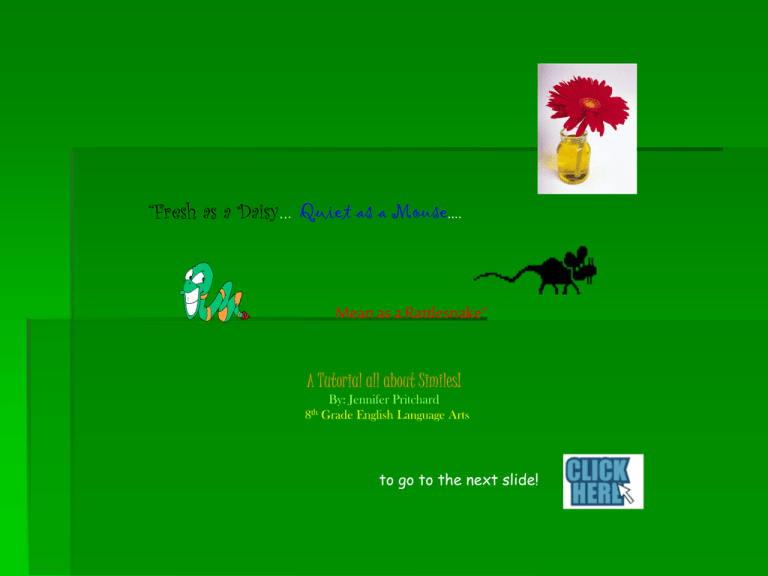


A more interesting description could be, “The sun stretched its golden arms, climbed above the mountains, and smiled down on us.” Giving the sun “golden arms” creates a vivid image of the sun’s rays and “climbed” makes the sun more like a person getting out of bed. Personification provides personality, energy, will, and emotion to an otherwise lifeless scene.įor example, “The sun rose” is a literal description. That piece of chocolate cake is calling my name.Ĭhocolate cake doesn’t have the ability to call after someone, but this cliché uses personification to express the feeling of desire and hunger we say that whatever object we desire is “calling our name.” Putting a character’s feelings into the objects around him or her is a very common technique in literature. This sort of description, common in literature, uses several human qualities to create a vivid image of a very old car for the reader.

The tired old car coughed and weezed and crawled down the street. But this personification tells us that the books meant a lot to him, like close friends, and probably brought him happiness, like friends would. Only a person or animal can literally be a ‘companion’ books are just objects. Science-fiction novels were his constant companions. Here are a few common examples of personification: Example 1ġ. Personification is very common in both literature and everyday speech. It is used to create more interesting and engaging scenes or characters. Personification is a kind of metaphor in which you describe an inanimate object, abstract thing, or non-human animal in human terms. When we talk about non-human things as if they were human, we personify them. Sometimes the sun smiles, the wind whispers to the trees, and the shadows of the leaves dance in the wind.Īlthough literally, the sun cannot smile, the leaves cannot dance without legs, and the wind cannot whisper because it doesn’t have a mouth, we apply human characteristics and create these metaphors to describe a scene.


 0 kommentar(er)
0 kommentar(er)
